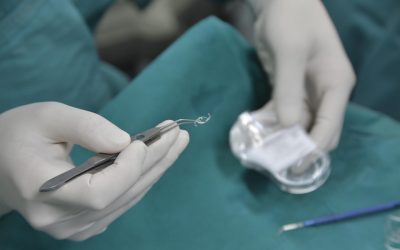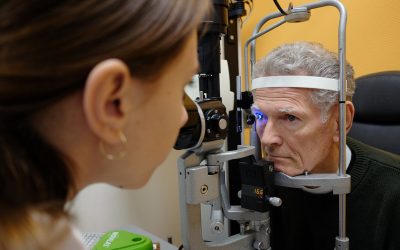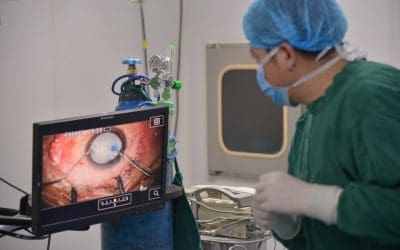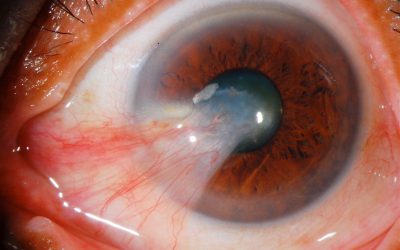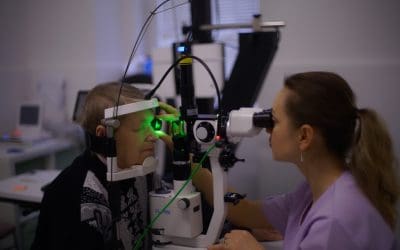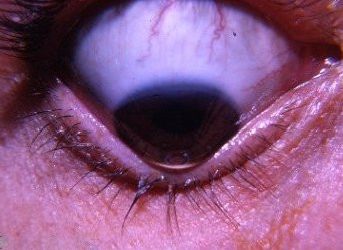OUR BLOG
When Would Congenital Cataracts Be a Disability?
Congenital cataracts are clouding of the eye’s natural lens present at birth or developing in early infancy. This condition can range from mild to severe and affect one or both eyes. Since cataracts obstruct the passage of light to the retina, they can impair vision...
What Is a Multifocal IOL Lens?
A multifocal intraocular lens (IOL) is an artificial lens implanted inside the eye to replace the natural lens during cataract surgery. Unlike standard monofocal lenses that provide clear vision at a single distance, multifocal IOLs are designed to improve vision at...
What Are the Differences Between LASIK and Cataract Surgery?
Understanding the Differences Between LASIK and Cataract Surgery LASIK and cataract surgery are two common surgical procedures that involve the eyes, but they serve very different purposes. Understanding what distinguishes these surgeries is important for patients...
What Surgery Is Used to Treat Keratoconus?
What Surgery Is Used to Treat Keratoconus? Keratoconus is a progressive eye condition in which the normally round cornea thins and bulges outward into a cone shape. This distortion causes blurred vision, glare, and sensitivity to light. For many individuals,...
What Are the Signs and Symptoms of a Traumatic Cataract?
What Are the Signs and Symptoms of a Traumatic Cataract? A traumatic cataract is a clouding of the eye’s natural lens that develops after an injury to the eye. Unlike age-related cataracts, traumatic cataracts are caused directly by physical trauma. These cataracts...
How Can You Stop a Pterygium from Growing?
Can You Stop a Pterygium from Growing? Signs, Risks & What to Do Next A pterygium is a benign growth of conjunctival tissue that extends onto the cornea. It often appears as a triangular or wing-shaped growth on the white part of the eye near the nose. While...
Is PRK Safer Than LASIK?
Photorefractive keratectomy, commonly referred to as PRK, and laser-assisted in situ keratomileusis, known as LASIK, are two popular laser eye surgery procedures used to correct vision. Both surgeries aim to reshape the cornea to improve refractive errors such as...
What is YAG Laser Surgery for the Eyes?
YAG laser surgery, or yttrium-aluminum-garnet laser surgery, is a specialized procedure commonly performed in ophthalmology. This laser technique is primarily used to treat various eye conditions, including secondary cataracts and certain types of glaucoma. Depending...
What Causes Chronic Inflammation of the Eyes?
Chronic inflammation of the eyes can significantly affect a person's quality of life and vision. This condition, also known as chronic ocular inflammation, can result from a variety of underlying causes. There are many possible causes of chronic inflammation in the...
What Are the Different Types of Congenital Cataracts?
What Are the Different Types of Congenital Cataracts? Congenital cataracts are a type of cataract that forms in infants or young children. This condition occurs when the lens of the eye becomes cloudy due to various factors, including genetic predisposition, maternal...
How Rare is Keratoconus?
How Rare is Keratoconus? Keratoconus is a progressive eye disorder characterized by the thinning and bulging of the cornea, which leads to distorted vision. This condition typically manifests in adolescence or early adulthood and can affect one or both eyes. The...
Can Dry Eyes After LASIK Cause Blurry Vision?
Can Dry Eyes After LASIK Cause Blurry Vision? LASIK, or Laser-Assisted In Situ Keratomileusis, is a widely performed refractive surgical procedure intended to correct vision issues such as nearsightedness, farsightedness, and astigmatism. While many patients...


